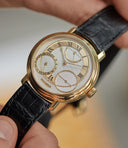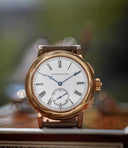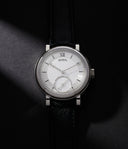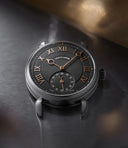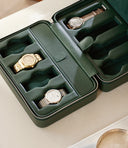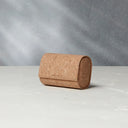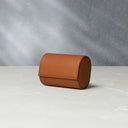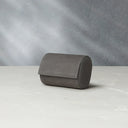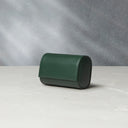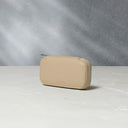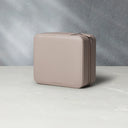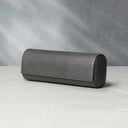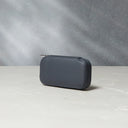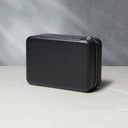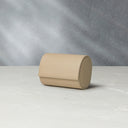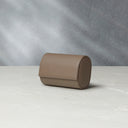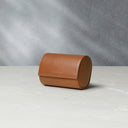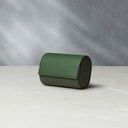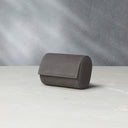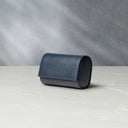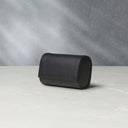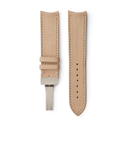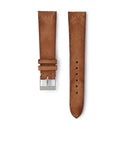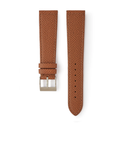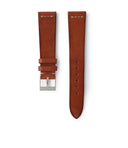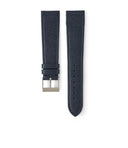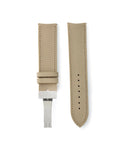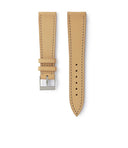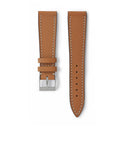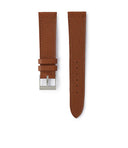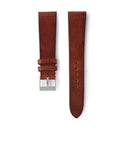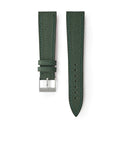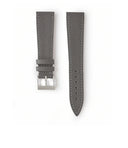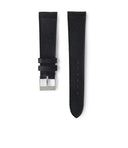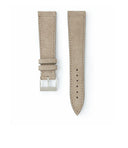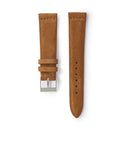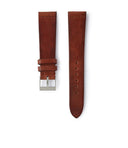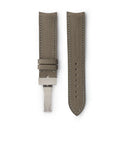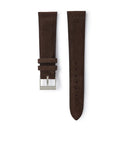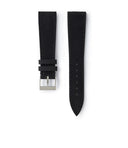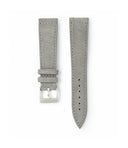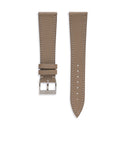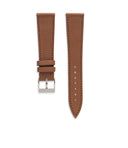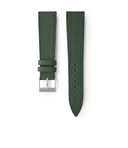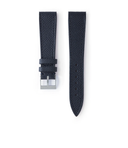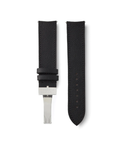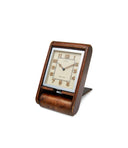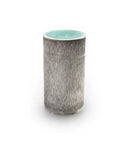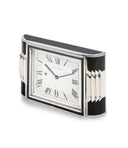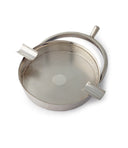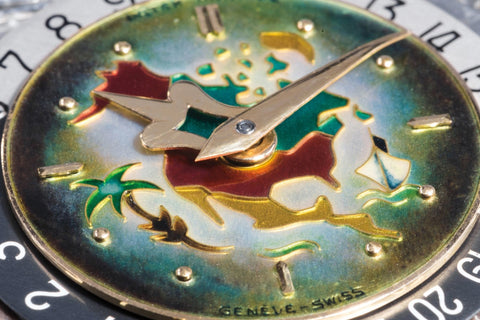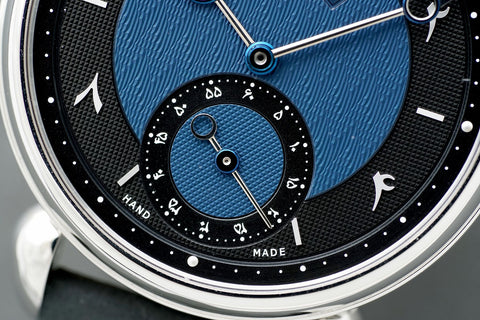This is one of 20 examples of the Vacheron Constantin Métiers d'Art La Symbolique des Laques Tsukimi* dial watch. Created in 2012, it puts the ancient art of maki-e lacquer craft at the centre of the piece. The dial has been created by the Kyoto-based House of Zôhiko. The rose gold case measures 40mm across, and the extensively open-worked, manually wound calibre 1003 SQ is on display on both the dial and movement sides.
The Object
Many romantic watch writers have waxed lyrical about the artistic qualities of certain timepieces. Whether it is the delicate balance of a dial design or the thoughtfulness with which a movement has been finished, there is plenty to discuss when it comes to the aesthetic merit of certain watches.
If we look at the objects in their entirety and boil them down to their most basic of functions, they are arguably very different. “Watches have a functional component,” says veteran art advisor Todd Levin, who collects independent watches from the likes of Philippe Dufour and George Daniels. “People will often think of art in very abstract ways because it’s not utilitarian. Whereas watches, no matter how abstracted they are – even if you take the something like the Haldimann H9, with no display at all, where all you can hear is the tourbillon going round – still have a functional component to them, which is their raison d’être. No matter how abstract the design may be, they are still literal.”




This view on the functional difference is also shared by artist – and self-confessed watch obsessive – Wes Lang. “A lot of watch consumption is based on someone needing to tell the time,” he says. While some argue that the usefulness of watches has largely subsided, and that they are increasingly being appreciated for other reasons, they do remain tied to their core function for many people. Meanwhile, no one is consuming art out of a need. While Levin seems to argue that a watch can never rid itself of its functional origins, however hard it tries, Lang reminds us that many watches are still made and purchased for their timekeeping purpose.
Of course, it is hard to ignore the level of artistry that can go into certain watches, especially those made by hand in small quantities. These often require a high level of skill and more than a small amount of imagination, if the design is original. This can be just as much an art form as anything else, which speaks to the high emotional value that we place on these objects today.
























































































